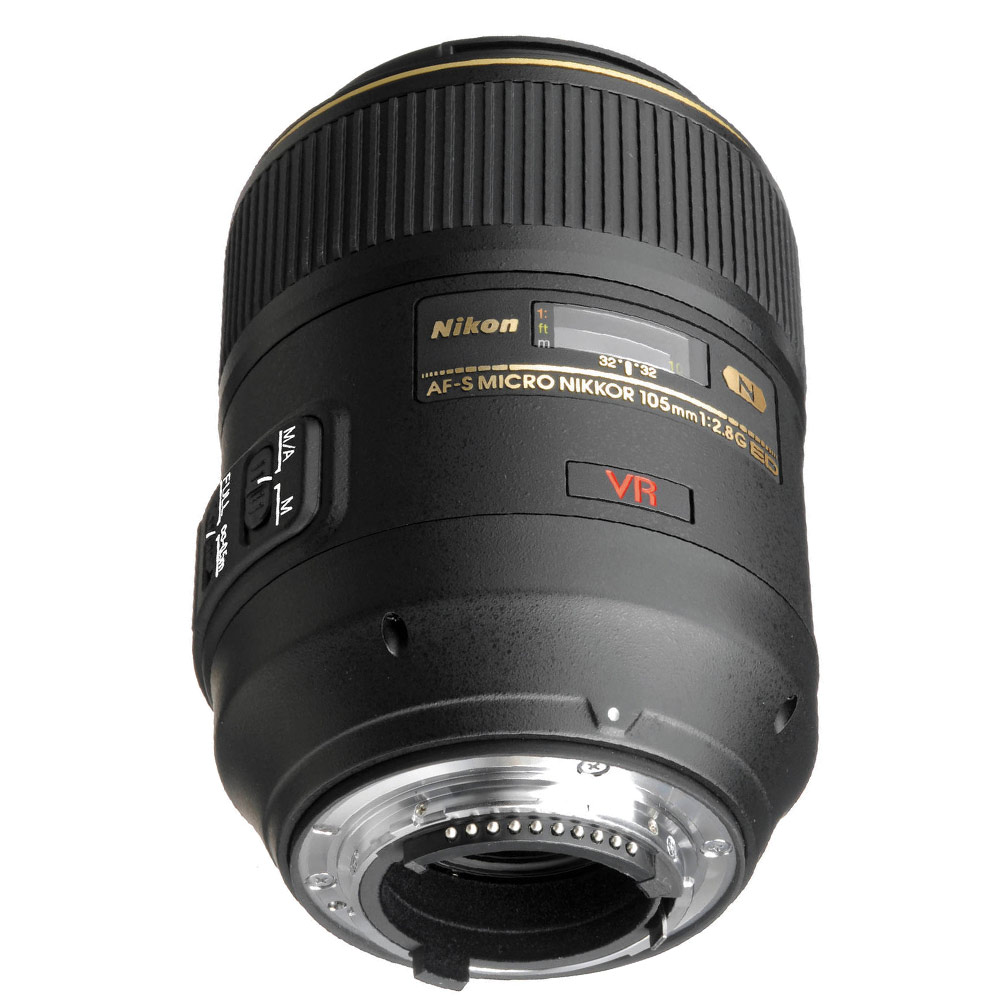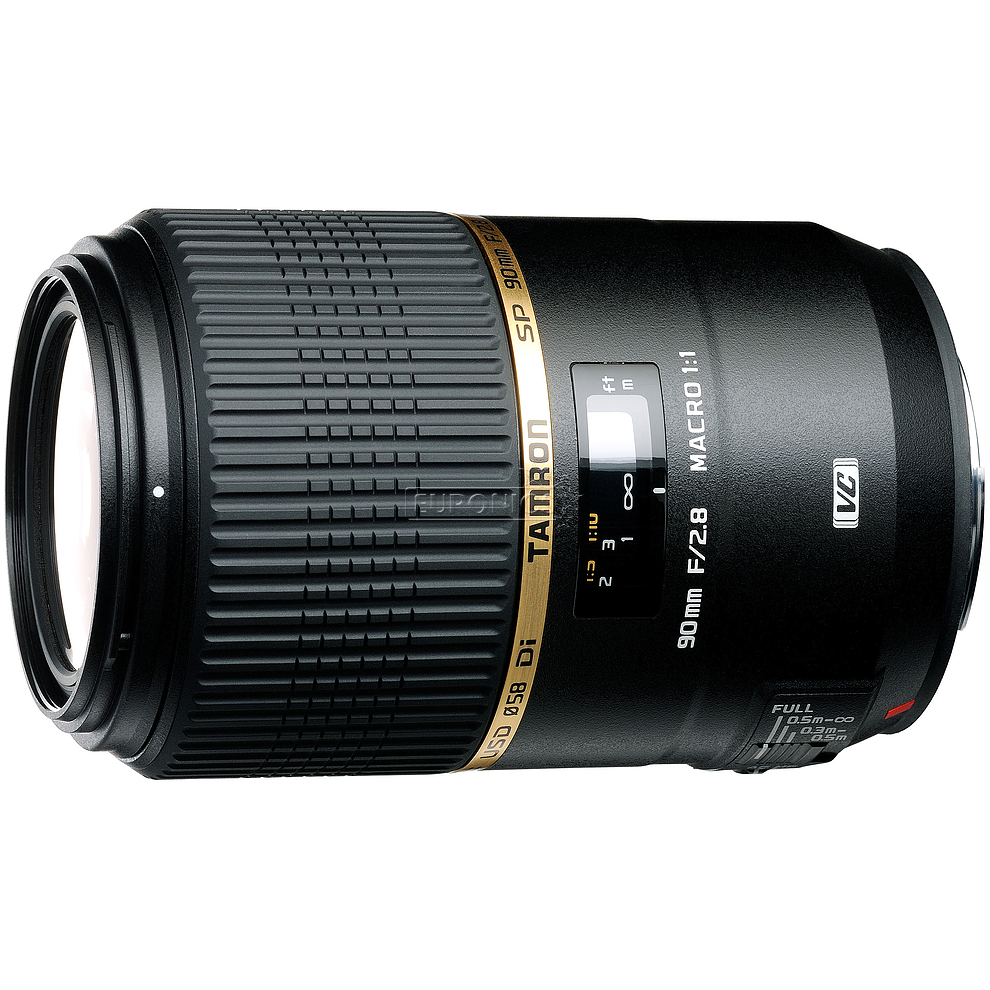
What’s really surprising (and on occasion, frightening) is just how good this lens is, not just at its job, but at absolutely everything. Of course the Micro Nikkor 55mm f/3.5 is simple, robust, and unassuming – it’s a pre-AI Nikon lens. Like with most Nikon Pre-AI lenses, one gets the feeling that this lens could last forever.īut all of this makes sense. It also weighs a refreshingly small amount, especially when compared to old school pre-AI behemoths like the Nikkor-S 50mm f/1.4 or Nikkor-P 135mm f/2.8. It protects its innards well owing to its deep, recessed focusing helicoid. The all-metal construction of a pre-AI lens like this one is really something to behold. Versatility and ease-of-use was the name of the game for this lens, as well as portability, owing to the light weight of its miniscule lens elements.

It boasted an extended aperture range of f/3.5 to f/32, and a double-helicoid focusing system that took you straight from infinity to 1:2 through a couple twists of its sizable focusing ring (and further to 1:1 with the mentioned extension ring). It was to be the last hurrah of the classic 55mm f/3.5, but it turned out to be a pretty loud hurrah.įunctionally this lens was impressive for its day. Further enhancement came by way of an improved optical coating and an ergonomically improved knurled focusing ring. The 55mm f/3.5 underwent a particularly significant shift – the optical design was revamped, now being comprised of five elements in four groups. The 1970s ushered in a new era for Nikon with the Nikon F2, and with it came a litany of small improvements to the Nikkor lens lineup. The lens was a hit with the Nikon F faithful and became an essential piece of gear for any Nikon SLR user in the 1960s. The lens featured a five elements in three groups design, and boasted a native reproduction ratio of 1:2, which could be improved to a true macro ratio of 1:1 through the use of the matching M1 extension ring. Quickly these were refined and simplified into 1963’s Micro Nikkor-P 55mm f/3.5. Early efforts were shaky, involving an adapted 5cm f/3.5 Micro Nikkor from the Nikon rangefinder lens roster and another rather arcane preset aperture lens developed specifically for the F. Being that the SLR format was practically made for macro shooting owing to its through-the-lens viewing and ability to preview depth-of-field, the Nikon F became the perfect platform to showcase Nikon’s macro lens-making chops.

The story of the Micro Nikkor 55mm f/3.5 starts right at the beginning of Nikon’s SLR journey.

It’s made to specialize in one sort of photo, but it’s useful for so much more than that. It’s slow, yet more capable than most of my other lenses. The lens is old, yet the images look startlingly new. The only explanation is that the Micro Nikkor 55mm f/3.5 is it’s own kind of paradox. It’s practically a fact of life for me at this point, but one that baffles me every day. It’s taken nearly every single product shot I’ve ever made for my article on this site and it remains perpetually mounted to one of my cameras, forever ready to shoot. This particular Nikon Micro Nikkor 55mm f/3.5 was supposed to be a stopgap until I got a better macro lens, but it’s still here. I cleaned off the gunk, mounted it onto my mirrorless camera, and took a couple of test shots just to see if it worked.įour years and hundreds if not thousands of shots later, I’m still not sure of what I’ve gotten myself into. I purchased it as an afterthought a few years ago I took my regular trip to the monthly Pasadena Camera Show, stopped by their bargain table on the way out, and bought a ratty Pre-AI Micro Nikkor 55mm f/3.5 with some caked-on gunk on the front element for about thirty bucks. When I first went looking for a macro lens, I had no idea what I was getting into.


 0 kommentar(er)
0 kommentar(er)
